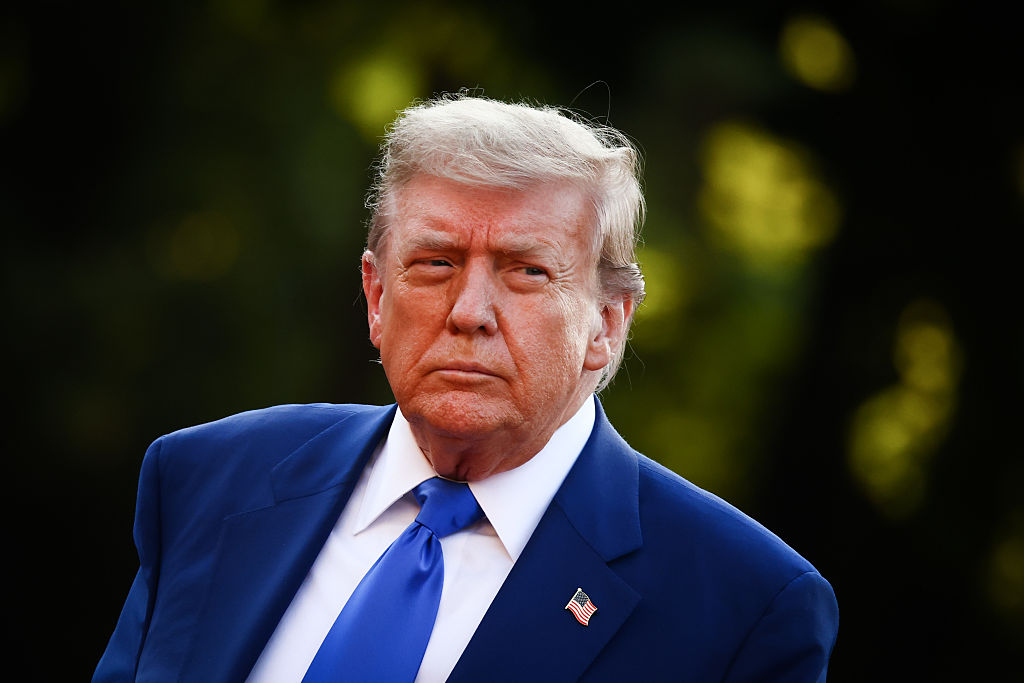OCF (ongoing charges figure)
Fund managers publish their ongoing charges figure (OCF) – previously known as the total expense ratio (TER) – to give an indication of the cost of investing in their funds.
Costs matter in investing. The more you pay to invest in a fund, the less money you have to meet your savings goal, and as time goes by, an extra few tenths of a percent here or there can really compound up. Over decades, we're talking thousands or tens of thousands of pounds of a difference to your pension pot, potentially. So keeping your costs as low as possible is a good idea.
Fund managers publish their ongoing charges figure (OCF) previously known as the total expense ratio (TER) to give an indication of the cost of investing in their funds. This figure is supposed to tell you the annual costs of an investment fund as a percentage of its average asset value over a single year in other words, how much of your investment is eaten away by running costs. So if a fund has an OCF of 0.5%, then for every £1,000 you invest, £50 goes on costs.
The OCF is made up of the fund manager's fees for running the portfolio, along with other costs, such as administration, marketing and regulation. It's meant to be used as a standardised method of comparing the costs of funds, and it's certainly worth examining before you invest.
Subscribe to MoneyWeek
Subscribe to MoneyWeek today and get your first six magazine issues absolutely FREE

Sign up to Money Morning
Don't miss the latest investment and personal finances news, market analysis, plus money-saving tips with our free twice-daily newsletter
Don't miss the latest investment and personal finances news, market analysis, plus money-saving tips with our free twice-daily newsletter
However, you should be aware that the OCF does not include certain other significant costs, such as trading cost. These might include broker commissions for buying and selling investments, stamp duty on share purchases, and the difference between the buying and selling prices of investments known as bid-offer spreads. Therefore, a low OCF fund that does a lot of buying and selling one with high portfolio turnover could actually be a high-cost one. Nor does the OCF include any performance fees.
Get the latest financial news, insights and expert analysis from our award-winning MoneyWeek team, to help you understand what really matters when it comes to your finances.
MoneyWeek is written by a team of experienced and award-winning journalists, plus expert columnists. As well as daily digital news and features, MoneyWeek also publishes a weekly magazine, covering investing and personal finance. From share tips, pensions, gold to practical investment tips - we provide a round-up to help you make money and keep it.
-
 8 of the best riverside properties for sale
8 of the best riverside properties for saleThe best riverside properties for sale – from a Grade II-listed former mill house with views over the River Chelmer in Essex, to a townhouse on a Georgian terrace overlooking the Avon Gorge in Clifton, Bristol
-
 Will “Liberation Day” strike again?
Will “Liberation Day” strike again?Donald Trump’s 90-day tariff pause comes to an end on 9 July. Can we expect further market turmoil?

